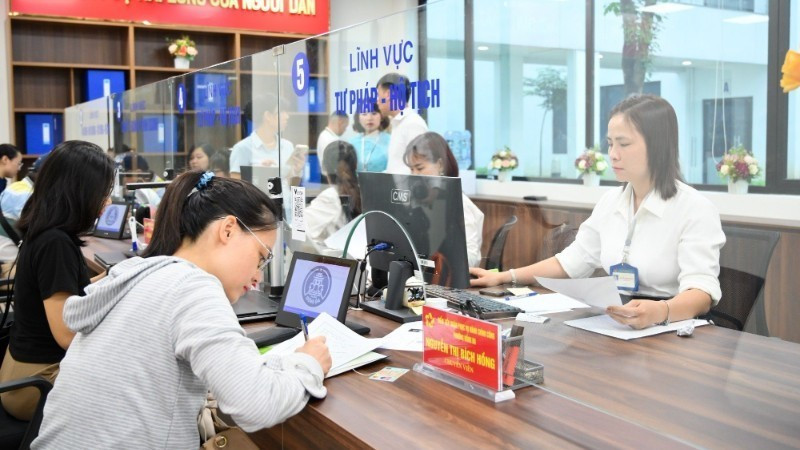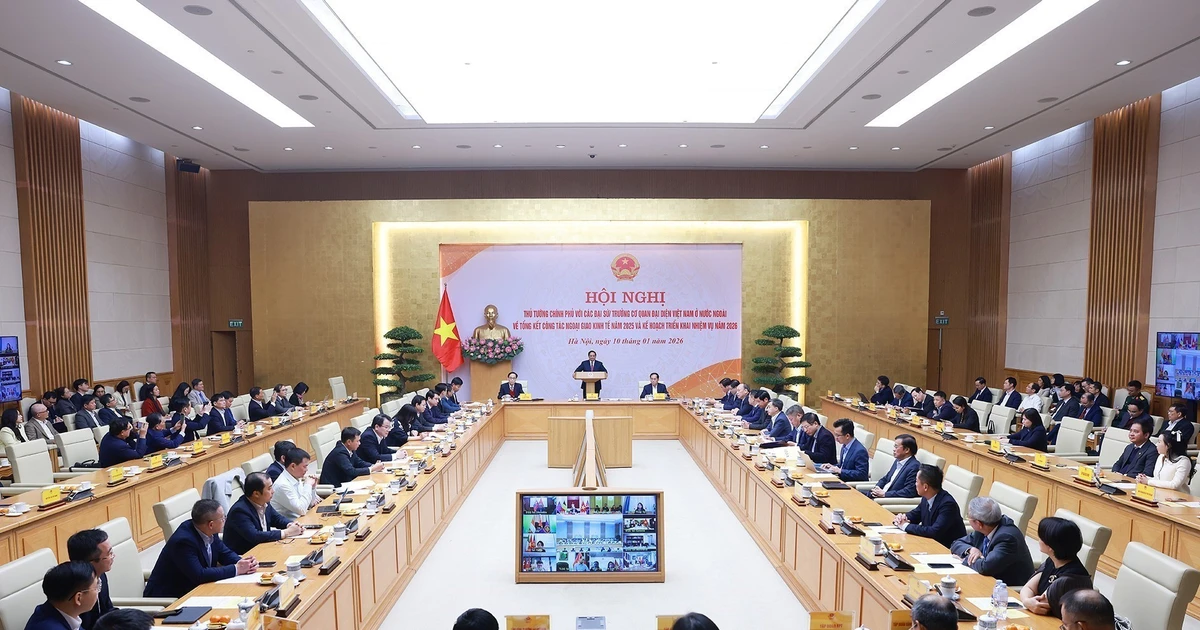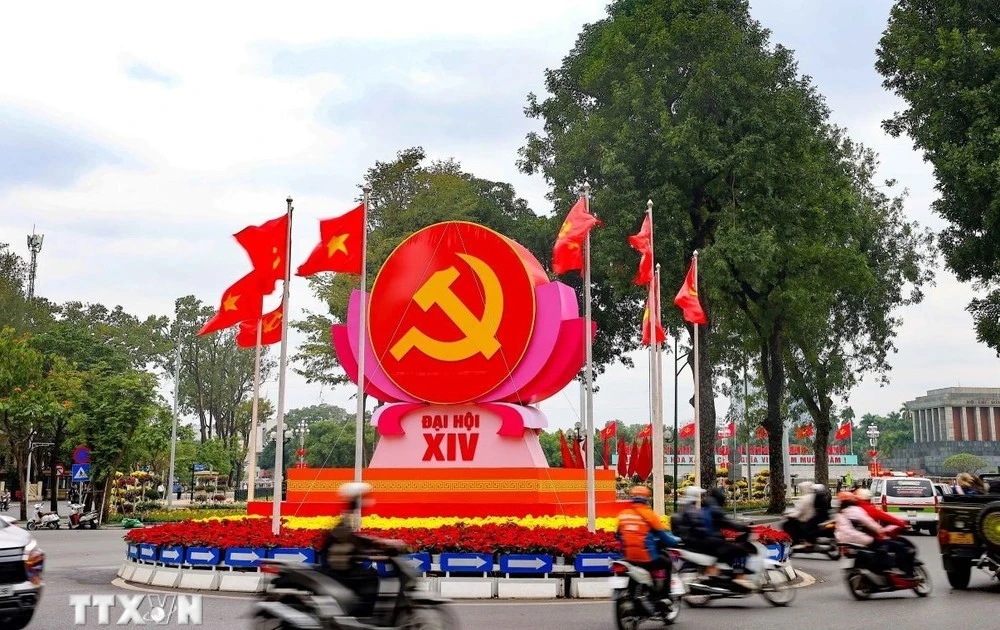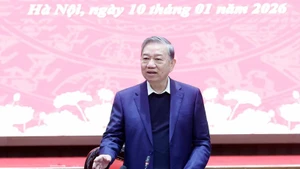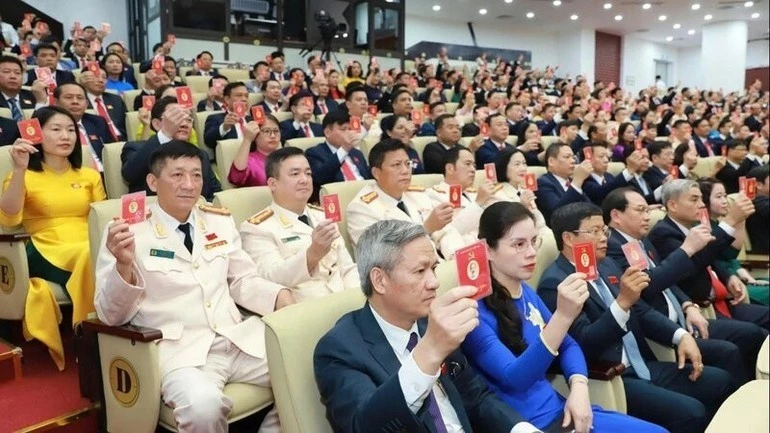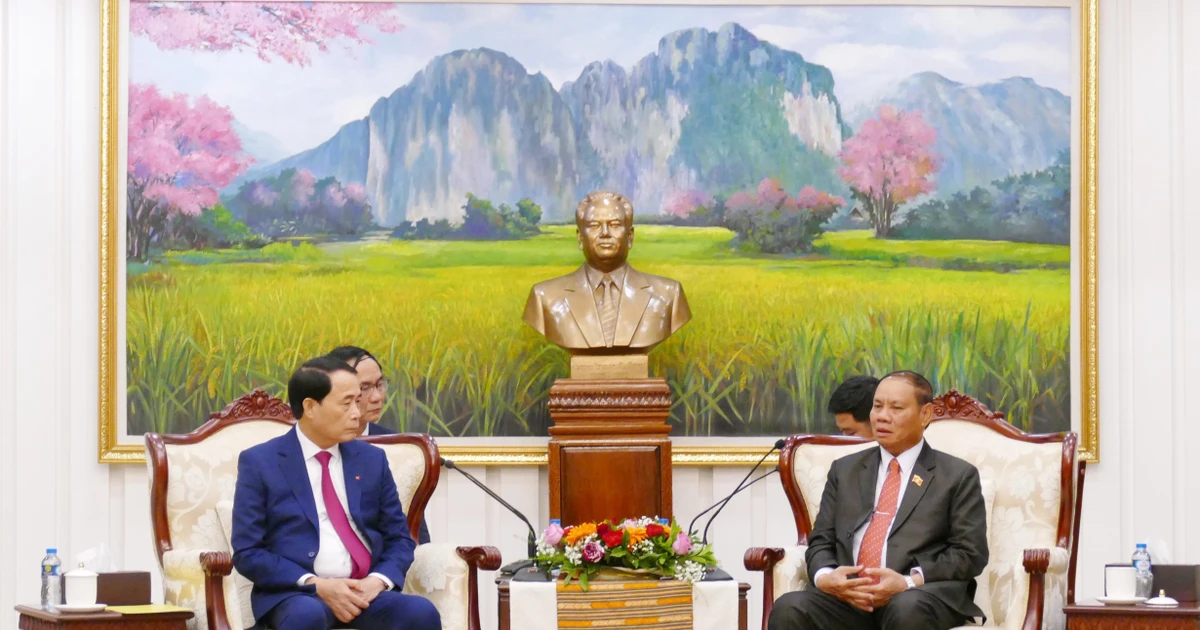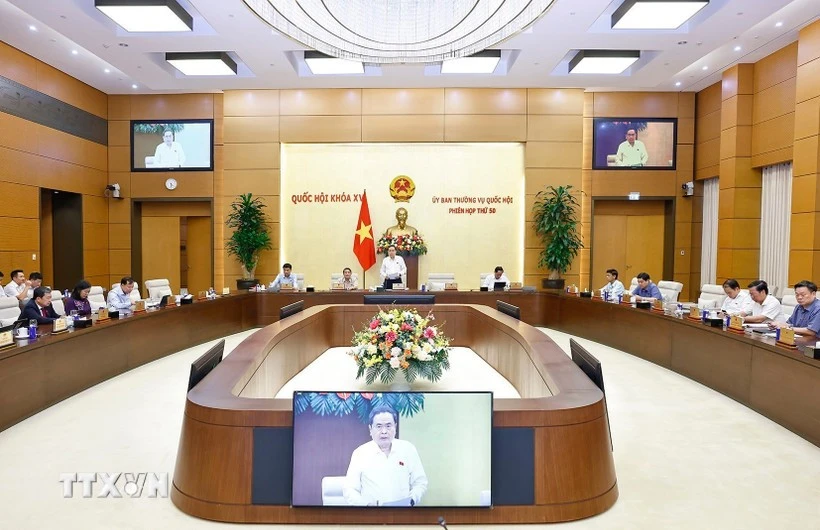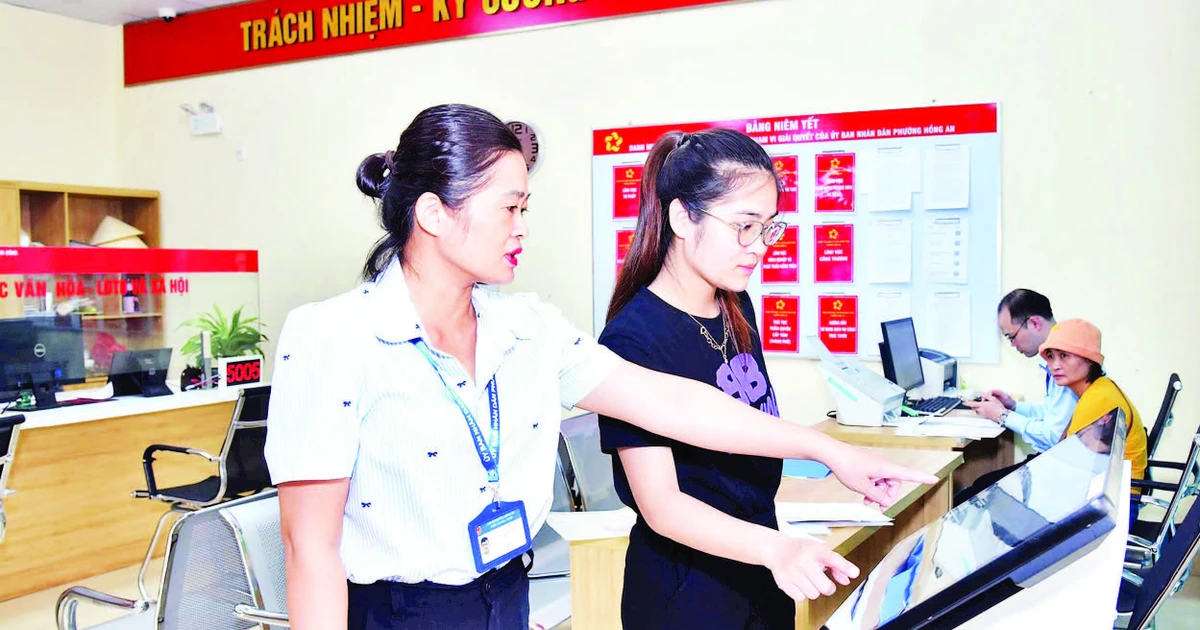However, after the positive signals, there are still many things to ponder. According to the Ministry of Home Affairs, about 100,000 cadres, civil servants and public employees have quit their jobs according to Decree No.178. In principle, streamlining the payroll is inevitable to make the apparatus compact, improve the effectiveness and efficiency of management.
However, if not careful, the mechanical cuts can lead to the loss of talented and dedicated personnel; those who the local government really needs to serve the people. Because the private sector with a more open remuneration mechanism is easier to attract talented people while the public sector faces a “brain drain”.
In many mountainous communes, an office-statistician officer sometimes holds many jobs at the same time: taking care of documents, managing data and reforming administrative procedures. Such a person leaving the job can create a gap that is difficult to fill.
This reality shows that organisational arrangement is not only a matter of quantity, but also a matter of quality and a mechanism to retain talented people. A compact apparatus but lacking quality personnel will not be able to operate smoothly, making it even more difficult to serve the people effectively.
Along with personnel are shortcomings in facilities. The report of the Ministry of Home Affairs said that there are currently more than 16,000 surplus houses and land after the arrangement; thousands of communes lack machinery and equipment; even more than 350 communes do not have official cars.
These figures reflect the reality: while aiming to modernise the administration and build a digital government, at the grassroots level - the place closest to the people - many localities still lack the minimum means to work.
A remote commune without official cars faces many difficulties every time it deploys vaccination, disease prevention or goes down to the village. A commune without standard computers makes receiving and processing online public services almost impossible. In that context, no matter how good the staff is, work efficiency is still difficult to achieve.
Reforming the apparatus is only effective when the three factors: people, means and management methods are combined synchronously.
Reforming the apparatus is only effective when the three factors: people, means and management methods are combined synchronously. Ho Chi Minh City, with a very large population, has boldly applied information technology, bringing over 90% of administrative procedure files to be processed online. Thanks to that, the pressure on local officials has been significantly reduced while people and businesses have saved time and costs.
Quang Ninh stands out with its strong decentralisation and delegation of power, along with the standardisation of officials. This is a locality that has achieved a satisfaction rate of over 95% among people and businesses for many consecutive years thanks to quick and transparent procedure settlement. These two examples show that if there is determination and innovation, streamlining will become a driving force for development and enhance competitiveness.
Reforming the apparatus cannot be just an administrative order; every decision on organisation, personnel or equipment must aim at the common goal of better serving the people. Reforming the apparatus is a big and complicated task, requiring determination and perseverance.
But more importantly, it requires firm, cautious but decisive and methodical steps. Only then will the apparatus not only be “streamlined on paper” but become a smoothly operating system, close to the people, serving the people.
